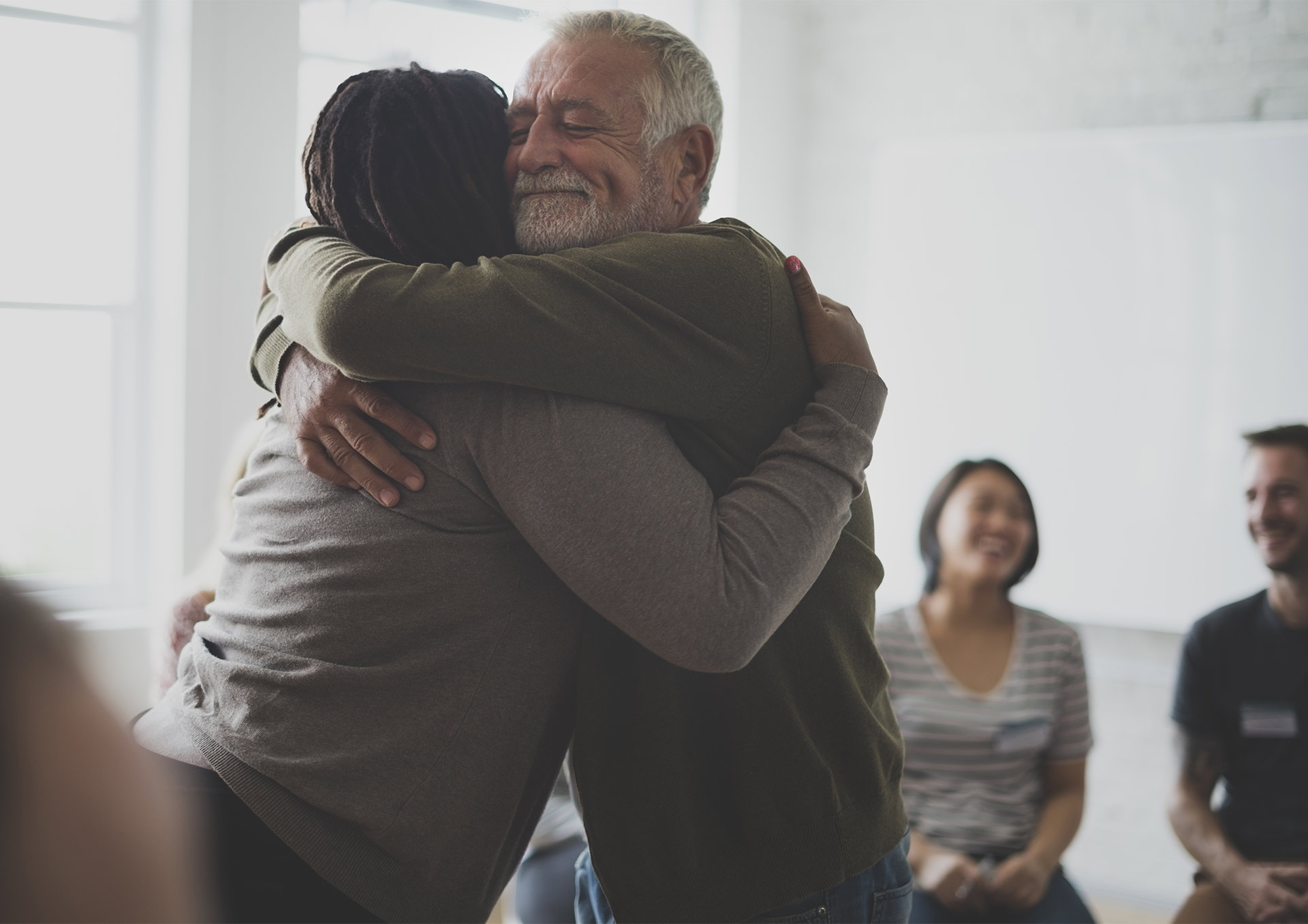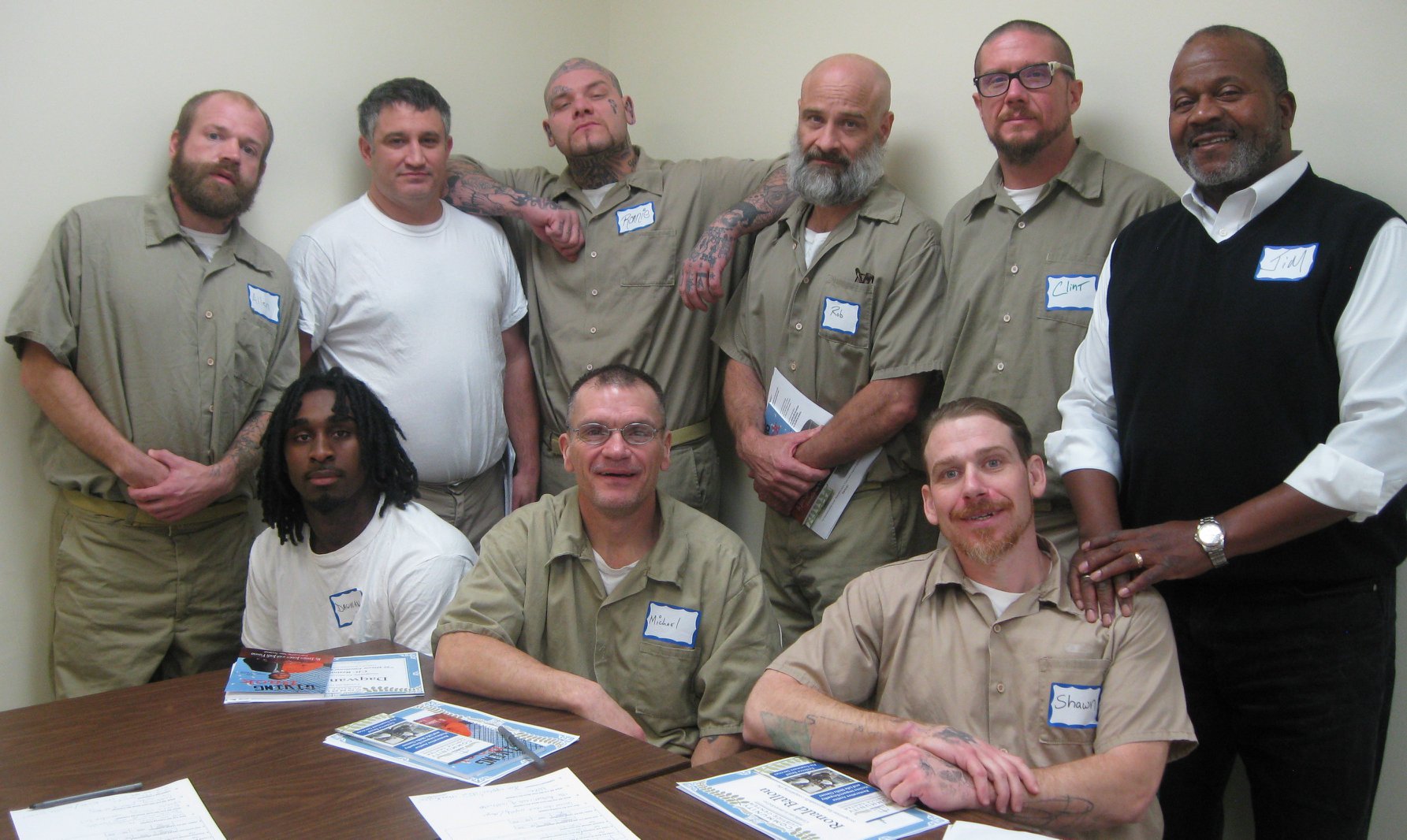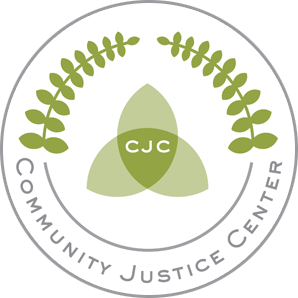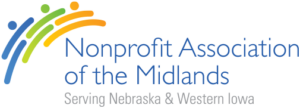Crime harms.
Restorative Justice Heals.The mission of the Community Justice Center is to advance community safety, respect, responsibility, repair, reintegration, and healing in the aftermath of harm through evidence-based restorative justice programming and practices.
Our peer-led onsite programs are conducted with the Nebraska Department of Correctional Services, the Colorado Department of Corrections, Douglas County Department of Corrections, Nebraska State Probation, the Iowa Department of Corrections and with Juvenile Probation in Douglas County. In addition, we provide Circles of Support in reentry and community settings as well as with victim/survivors of harm.
The Community Justice Center has been awarded the 2024 Platinum Seal of Transparency from Candid/Guidestar.
The Community Justice Center’s work heals victims, communities, and offenders through the transformative process of restorative justice.
“We brought the needle to sew the torn social fabric, not the knife to cut it.”
Bantu proverb
How we support Victims/survivors
Restorative justice puts power back in the hands of those affected most: the victim.
We elevate victim voices, through our pioneering surrogate victim impact curriculum and online victim harm statements. We provide victims of crime resources and opportunities to be a part of the Restorative Justice process.
Engaging victims, the offender, and the community encourages healing and restoration. It is powerful for a victim to be able to tell their story, be heard, and be understood.

Completing a victim harm statement helps the victim heal by allowing them the opportunity to communicate the effects of the harm and the impact it had on their life. The statements are also used by CJC as a powerful tool in justice-involved programming.
Restorative justice for victims:
“This is about people who are hurt and whose lives are devastated and the strategy to let people know how crime affects victims and their families and the ripple effect it has on neighborhoods and schools and communities and doing it in a way that makes it real.”
– Anne Seymour
How we support communities
Our approach is grounded in the belief that ALL individuals – despite what they have done or what’s happened to them – are valued and worthy to be restored and made whole as much as possible.
By offering specific tools, training, and education all stakeholders (victims, communities, and justice-involved individuals) have the opportunity to be a part of Restorative Justice. Justice-involved individuals who go through our programs have a responsibility to give back to their community and be more aware and emotionally-equipped.
This shared responsibility allows changed individuals the opportunity to repair their harm and give back to the community.
Beyond connecting members of the community, restorative justice saves tax dollars, increases public safety, and reduces future crime.

Restorative justice in our community through Restorative Reentry:
Restorative Reentry Programming
(Employment, Housing, Life Skills, and Peer Support)
Programs Focus on:
- Creating stronger connections between people
- Helps all people be involved in problem solving instead of relying on the state for solutions
- Long-term health of the community is strengthened
- Lower recidivism
- Decreased fear of crime
- Engaged communities and individuals
- Safer neighborhoods and communities
- Reduced crime
- More cost effective solutions to mass incarceration and supervision
“The project offers a needed addition to the restorative justice options available to us to repair the tears in our community fabric caused by crime.”
– Lee Copenhagen, Project Director at the Gallatin Community Justice Center, Bozeman, MT
How we support those who have Harmed
Our traditional justice system focuses on laws that were broken and punishing crime. This process doesn’t heal the impact of the crime to people, relationships, or community and rarely rehabilitates the offender. 3 year recidivism rates are as high as 70-80% in the United States.
There is a better way for offenders to be held responsible, be accountable, and change while committing to give back to their communities.
Programs through the Community Justice Center help currently incarcerated and probationed criminal justice involved individuals understand the impact of their crime, identify with and develop empathy for their victims, connect with their communities in a meaningful way, and learn the skills of emotional hygiene. The rate of re-offense is dramatically lower for the offenders who complete our programs.

Restorative justice for offenders:
“Over the past ten years I have seen so many women who truly believed that they were the only victim of their crime. After a class, they come away with a realization, and a new attitude about what they have done, and how many people were affected. The class is one of the single most effective things I have seen done at Nebraska Correctional Center for Women”.
Mary Alley, Vocational Teacher II/Victims Advocate, Nebraska Correctional Center for Women
Over 16,000 justice-involved individuals have received the Restorative Justice Intervention (RJI) from the Community Justice Center.
The impact:
Individuals on probation are 3 times less likely to reoffend
50% of participants showed empathy regarding harm to their victims.
Only 19% of incarcerated persons recidivate between 1-3 years of release.
60% of participants are engaged/motivated
What is Restorative Justice
and why is it important?
Video is used with permission from Brave New Films

The Community Justice Story is Now a Book!
The director of Community Justice Center, Jim Jones, details his bumpy path to healing. After a cocaine addiction, violent encounters, crime, and incarceration Jim was given a powerful gift that changed his course in life while he was in prison. Jim shares that gift through an innovative program he created to address the needs of crime victims, offenders, and the community.
When a crime is committed we need to ask not only, “What laws were broken and how are we going to punish the offender?” but also, “What harm was done and who is responsible for repairing that harm?”
Just by changing the language a little, offender’s accountability is realized much faster, and the needs of victims are elevated and addressed first, not as a secondary thought.






